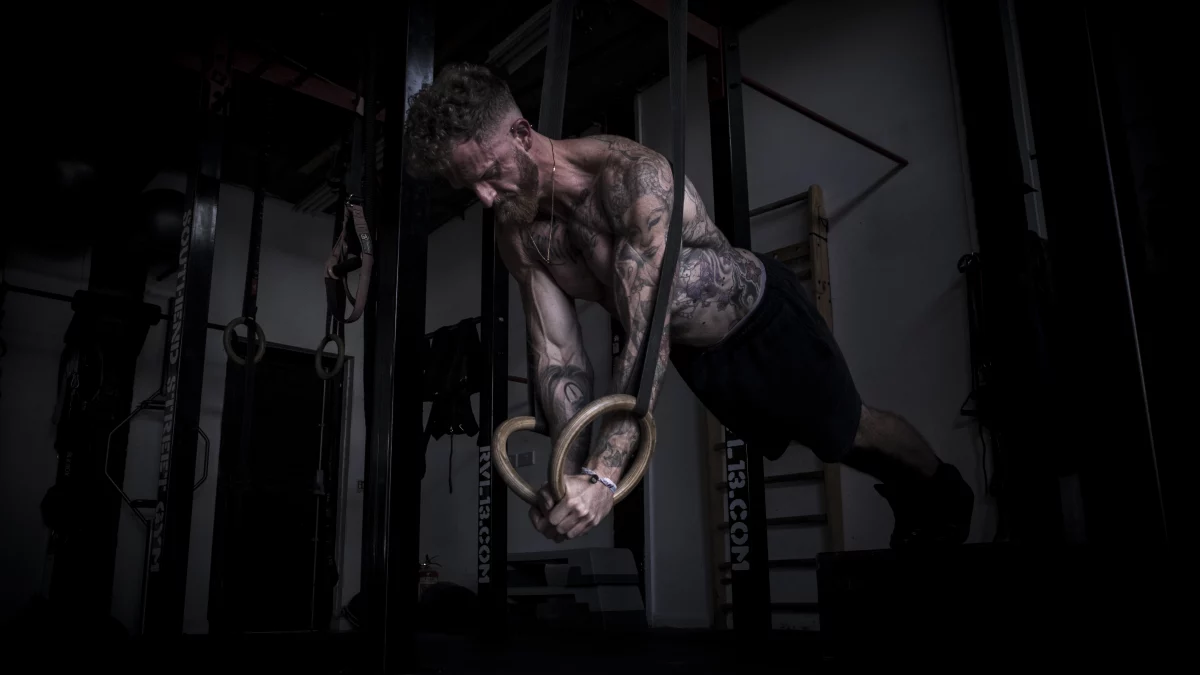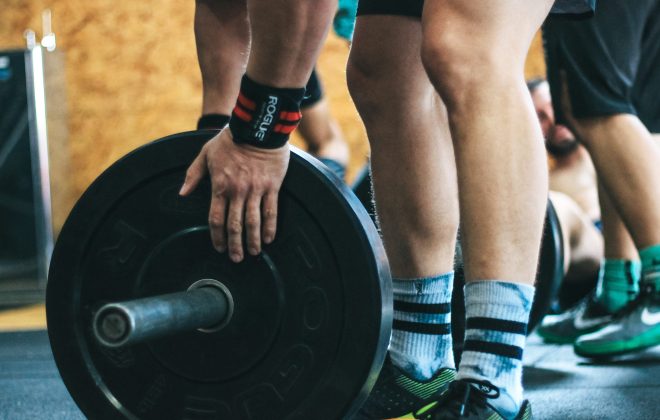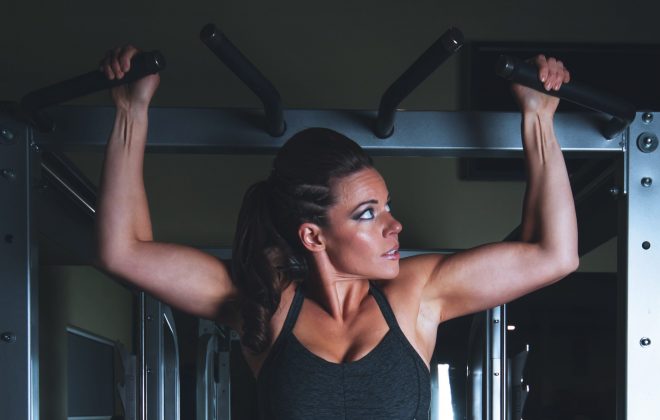What Is Calisthenics?
Calisthenics is a form of exercise that involves the use of bodyweight movements to increase strength, flexibility, and overall fitness. The term comes from the Greek words kallos, meaning beauty, and sthenos, meaning strength. Calisthenics can be performed anywhere, at any time, without the need for any equipment or gym membership, making it an incredibly accessible and convenient form of exercise.
The origins of calisthenics date back to ancient Greece, where it was used to train soldiers and athletes for battle and competition. Over time, calisthenics evolved into a popular form of exercise, with various forms and styles emerging across different cultures and regions.
Today, calisthenics is experiencing a resurgence in popularity, driven by the growing interest in bodyweight training and functional fitness. It has become a key component of many fitness programs and is often combined with other forms of exercise, such as weightlifting and cardio, to create a well-rounded workout routine.
The Benefits of Calisthenics
One of the primary benefits of calisthenics is that it can be performed anywhere, without the need for any equipment or gym membership. This makes it an incredibly accessible and convenient form of exercise, particularly for those who lead busy lifestyles or have limited access to gym facilities.
Calisthenics also provides a wide range of benefits for the body. By using bodyweight movements, it helps to build strength and endurance in the muscles, while also improving flexibility and mobility. This can lead to better posture, reduced risk of injury, and improved athletic performance.
Moreover, calisthenics is a highly versatile form of exercise that can be modified to suit the needs and abilities of individuals at any fitness level. This means that it can be adapted to challenge both beginners and advanced athletes alike, making it an effective form of exercise for anyone looking to improve their overall fitness and wellbeing.
Types of Calisthenics Exercises
There are many different types of calisthenics exercises, each of which targets different areas of the body and offers its own set of benefits. Some of the most common types of calisthenics exercises include:
Push-Ups: A classic calisthenics exercise, push-ups target the chest, shoulders, and triceps, while also engaging the core and upper back muscles.
Squats: Squats are a lower-body exercise that target the glutes, quads, hamstrings, and calves. They can be performed in a variety of different ways, such as with one leg or with added weight, to increase the difficulty.
Pull-Ups: Pull-ups are an upper-body exercise that target the back, biceps, and forearms. They can be performed using a bar or other stable surface, and can be modified to suit different levels of strength and ability.
Planks: Planks are a core exercise that help to strengthen the abdominals, lower back, and hips. They can be performed in a variety of different positions, such as on the hands or elbows, and can be modified to increase or decrease the difficulty.
Dips: Dips are an upper-body exercise that target the triceps, chest, and shoulders. They can be performed using parallel bars or other stable surfaces, and can be modified to suit different levels of strength and ability.
If you’re interested in hitting the ground running with calisthenics training, click here to join my online calisthenics coaching.
Categories
- Calisthenics (3)
- Fitness (32)
- Motivation (12)
- News (2)
- Nutrition (16)



